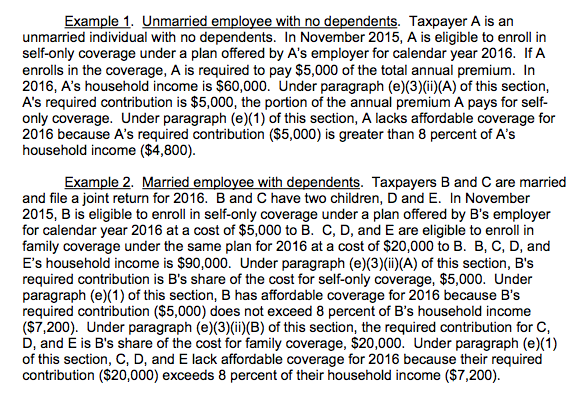Dollar cost averaging and assumptions Mighty Bargain Hunter
Post on: 2 Май, 2015 No Comment

MyMoneyBlog recently had a post on dollar cost averaging. In this post there is a reference to a paper by Knight and Mandell. the conclusion of which is that dollar cost averaging is not worth the additional effort over buy-and-hold investing or periodic rebalancing.
As a brief review, dollar cost averaging is a method of investing by which you add a set amount per period to a given investment (stocks, bonds, cash, etc.) over a long period of time, essentially independent of the price behavior of the investment. The motivation, and the purported value, is that the investor will buy less at the higher price and more at the lower price, effectively removing some of the danger of buying everything at the peak. This, consequently, also removes some of the chance of buying near the low.
There are several appealing characteristics of dollar cost averaging:
- Only a small amount of money is needed each period. Fifty bucks a month is within the range of most investors.
- The mechanics of investing are easy. Automatic deduction from a bank account is a cinch to set up, and the brokerage house or investment company will lead you through the process.
- Dollar cost averaging can be put on auto-pilot. One less thing to think about, and you can pay yourself first.
- Its unlikely that a really bad buy will be made. You wont buy it all at the top.
But on the flip side of this there are a number of disadvantages that may or may not be obvious:
- Only a small amount of money is needed each period. Fifty bucks a month can add up quickly. Youre watching that investment, right? You hardly notice those $3 lattes. Do you notice those $50 automatic investments any more?
- The mechanics of investing are easy. A little too easy. The brokerage and mutual fund companies will of course make it very easy for you to transfer money into their custody. You can be limited on how, when, and how much you can take out. This holds for any business, not just the financial business.
- Dollar cost averaging can be put on auto-pilot. One less thing to think about is one less thing that gets off of your radar. This is potentially a very dangerous habit to get into.
- Its unlikely that a really bad buy will be made. You wont buy it all at the top, but the investment is not obliged to rise in the long run, regardless of how long your horizon is. You may never make a really good buy, either. Buying a whole bunch of something that never recovers in price results in a net loss.
Underpinning these disadvantages are two nearly tacit assumptions (and you know what happens when you assume!)
- The investment will rise in the long run. The referenced paper uses as its model historical data (see page 55): For our Monte Carlo simulation, we use familiar parameters extracted from historical [NYSE] data. These data indicate an average return on stocks five percent greater than the risk free rate, and a standard deviation (our proxy for riskiness) of approximately 20 percent. This assumption is ubiquitous and hardly anyone questions it. Stating it another way: If you have the time horizon to weather out the bad times, youll be rewarded when the good times come back. The good times are absolutely, positively not obliged to come back on any persons particular time horizon. You can dollar-cost-average all you want, and youll still be behind if the investment doesnt reward you. Assuming that investments will rise in the long run is very dangerous.
- When does the long run end for your investment? Buy and Hold is an entrance strategy. Rebalancing is a hold strategy. Dollar cost averaging is an entrance strategy. Where is the exit strategy? Invest in stocks, invest in bonds, and what? Keep them there? Trade one for the other when one gets relatively more expensive than the other? Wheres the option to sell and not invest in these vehicles? The reasons always seem clearer, and the routes easier, to investing your money as opposed to selling your investments. Not beginning with the end in mind is also very dangerous.
As with anything, dollar-cost averaging can work under certain circumstances. I just invite you to test your assumptions and think about why youre using it.
3A%2F%2F0.gravatar.com%2Favatar%2Fad516503a11cd5ca435acc9bb6523536%3Fs%3D100&r=G /%














